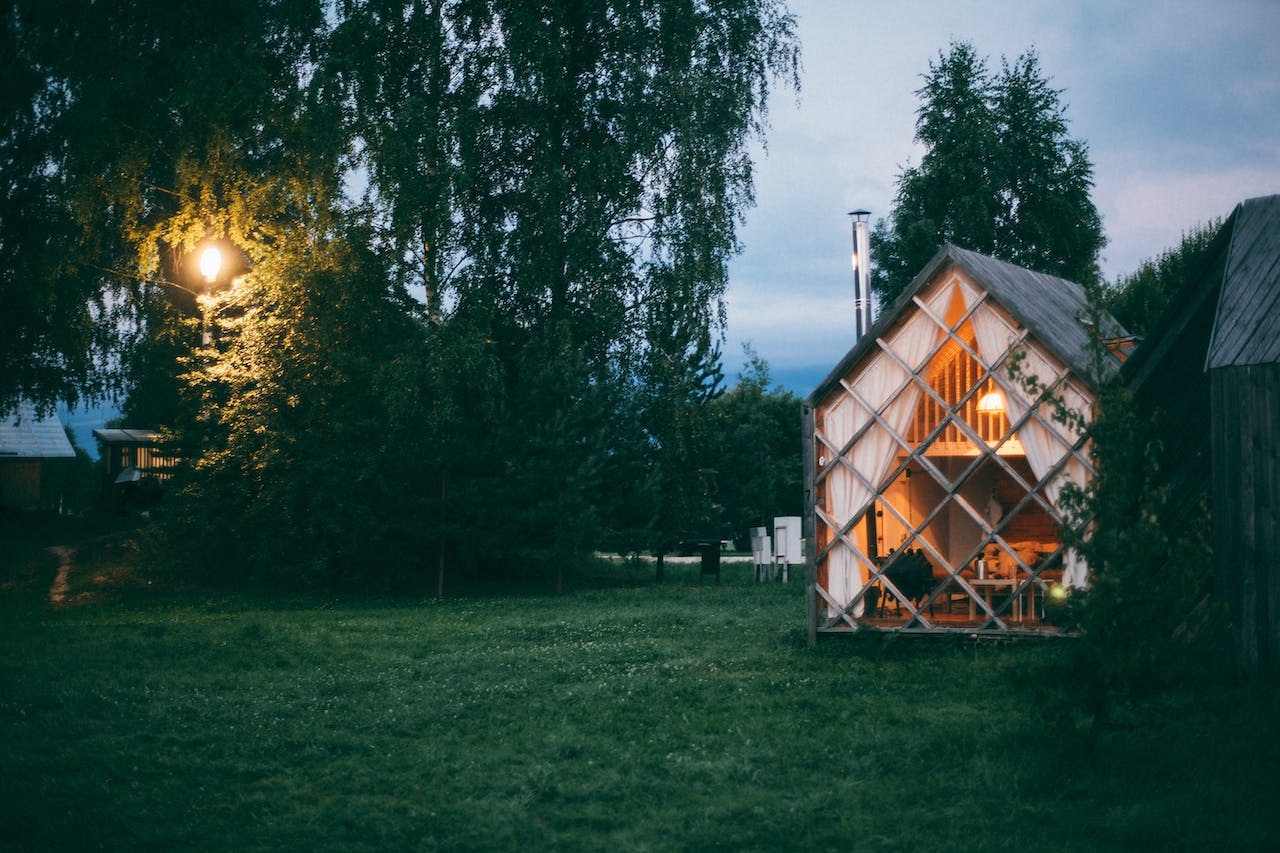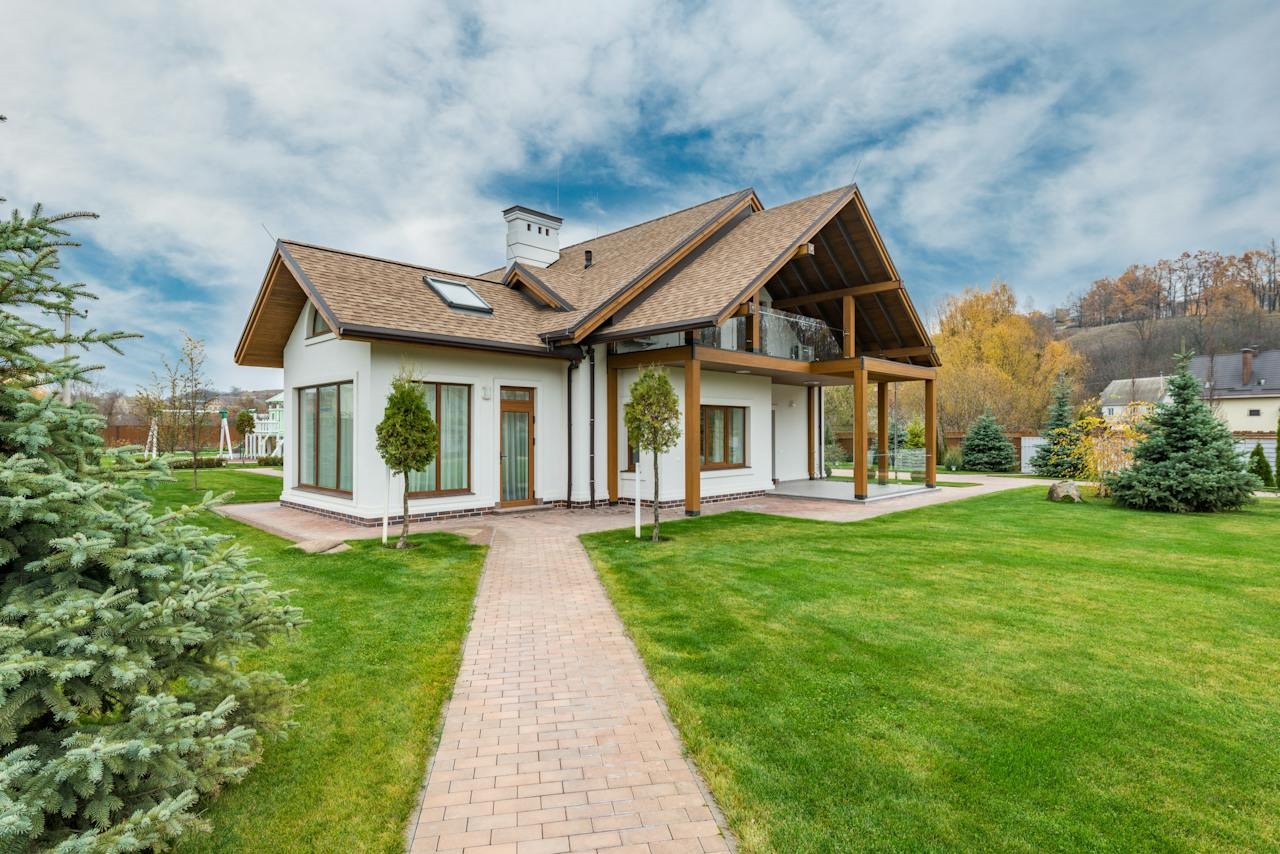 By Mary Aspen Richardson
By Mary Aspen Richardson
In a world where space is a premium commodity, tiny homes have emerged as a groundbreaking investment opportunity. These miniature dwellings, often no larger than a few hundred square feet, are making big waves in the real estate market. Investing in tiny homes is about maximizing returns and tapping into a growing demand for minimalistic living. Whether you’re an aspiring real estate tycoon or simply looking for a smart way to diversify your portfolio, this article will guide you through the intricacies of profiting from tiny home investments. Get ready to unlock the secrets to a lucrative and sustainable investment journey in tiny home investing.
Understanding the Tiny Home Market
The tiny home market is experiencing a remarkable surge in popularity, driven by the ever-growing demand for sustainable living and minimalist lifestyles. As environmental consciousness becomes more prevalent, people seek smaller, more efficient living spaces that reduce their carbon footprint and overall environmental impact. Moreover, tiny homes cater to diverse demographics, attracting vacationers in search of unique and cozy getaways, retirees looking to downsize and simplify their lives, and eco-conscious individuals striving to live more sustainably.
Over the past decade, the tiny home industry has seen impressive year-over-year expansion, with a significant uptick in sales and construction. In fact, according to recent market research, the global tiny home market is projected to continue its upward trajectory, driven by factors like affordable housing shortages, changing consumer preferences, and the desire for more flexible, nomadic lifestyles. The Allstate Moving and Storage Baltimore has noticed that a growing number of people are moving to tiny homes. With a smaller home and fewer things, these relocations tend to cost less, too.

Research properties carefully before reaching a decision.
Alt-text: A minimalistic living room with beige décor
Choosing the Right Location When Tiny Home Investing
In real estate, location is the cornerstone of a successful tiny home venture. It’s the difference between thriving and struggling. Several factors come into play when making this crucial decision. Firstly, understanding local regulations and zoning laws is paramount. These regulations can vary greatly from one area to another and may dictate whether you can legally place your tiny home there. Ignoring this aspect can lead to costly legal complications down the road. Market demand is another key factor to consider. Researching the demand for tiny homes in your chosen area can help you gauge the potential for rental income or property appreciation. Is there a thriving vacation rental market? Are retirees flocking to the region? Assessing the local demographic trends is essential.
Proximity to amenities and attractions is yet another aspect. Tiny homes near popular tourist destinations, natural attractions, or urban centers tend to fare well. Easy access to essential services and entertainment options can make your tiny home more appealing to potential renters or buyers. To identify underserved markets, conduct thorough market research. Look for regions with a shortage of tiny home accommodations but a growing interest in alternative housing options. This strategic approach can help you identify hidden gems in the real estate landscape and position your tiny home investment for success.
Budgeting and Financing
You must carefully consider your financial strategy to embark on this venture successfully. First and foremost, you need to understand the budgeting process. Tiny home investments encompass various expenses, including the cost of purchasing or building the tiny homes themselves, acquiring suitable land, and covering utilities such as water, electricity, and sewage. Calculate these costs accurately to avoid financial surprises later on. If you are considering a tiny home in the Carroll County, Maryland, area, the right movers in Carroll County MD can help you calculate the cost of your move.
When it comes to financing, you have several options at your disposal. You can tap into your savings, use traditional loans, or even explore crowdfunding platforms to gather capital. Each financing method has its advantages and drawbacks, so choosing the one that best aligns with your financial situation and risk tolerance is crucial. One of the golden rules of tiny home investing is to create a comprehensive financial plan. This plan should outline your budget, financing strategy, and projected returns.

Whether building or buying tiny homes, you can make a profit.
Alt-text: A small house with a green lawn ideal for tiny home investing.
Building or Buying Tiny Homes
Building custom tiny homes offers the advantage of tailoring the design to your exact specifications. This allows you to create unique and marketable properties that stand out. However, it can be a time-consuming and labor-intensive process that demands a higher upfront investment. Moreover, finding skilled labor and managing the construction can be challenging, especially for those new to the industry.
On the other hand, purchasing pre-built tiny homes can save you time and effort. These units often come fully furnished and ready for occupancy, allowing you to start generating income sooner. However, you may have limited customization options, and pre-built tiny homes can be more expensive upfront. You also need to ensure that the quality of the pre-built homes meets your standards. If you opt to build custom tiny homes, you need to find reliable builders or manufacturers. Research local contractors, check their portfolios, and seek recommendations from others in the industry.
Maximizing Returns and Long-Term Strategies
To truly profit from your tiny home investments, you must go beyond the basics and implement strategies that maximize returns and ensure long-term success. Keep an eye on market trends and adjust your pricing accordingly to stay competitive. Providing exceptional customer service and maintaining your properties can also reduce vacancy periods, ensuring a consistent income stream.
Exploring additional revenue streams can further boost your returns. Consider hosting workshops, retreats, or events on your tiny home property. This generates extra income and attracts a wider range of guests, expanding your customer base. Thinking long-term, consider expanding your tiny home portfolio. Acquiring more properties can increase your overall income potential and provide a cushion against market fluctuations. Diversifying your investments beyond tiny homes, such as exploring other real estate sectors or alternative housing markets, can also provide stability and growth opportunities.

Tiny home investing is a great option now that minimalism is popular.
Alt-text: A desk in a minimalistic home office.
In Summary
Tiny home investing represents an enticing opportunity for those willing to embrace it. As we’ve explored in this guide, understanding the market, selecting the right location, budgeting wisely, and making informed decisions about building or buying are all crucial to success. With dedication and the right approach, you can unlock the potential for profitability and sustainability in tiny home investing.
Meta Description:
Discover the secrets of profiting from tiny home investing: market trends, location selection, budgeting, and long-term strategies for success.
kw:
tiny home investing
https://www.pexels.com/photo/minimalist-design-of-a-home-office-8004011/
https://www.pexels.com/photo/residential-cottage-house-with-courtyard-5997993/
https://www.pexels.com/photo/small-wooden-house-in-countryside-4947357/
https://www.pexels.com/photo/black-laptop-computer-on-brown-wooden-table-5243990/
